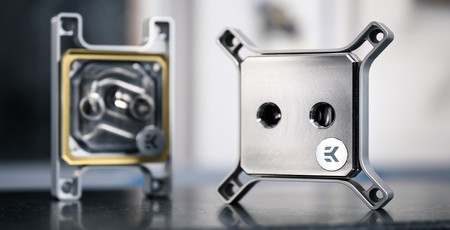
Performance Analysis
Performance was on average 3°C cooler for the Magnitude vs EK's own Velocity Strike. This figure is nominally rather close to the other block, although it was consistent enough throughout the test. We also decided to have a look at what would happen if you were to choose to reverse the flow across the block, using the outlet as the inlet. Interestingly the reversed flow result was only 1C hotter than the optimal flow path, although we don't currently have the kit to test for things like flow rates and restriction, so perhaps those could have been affected.
It would be worth revisiting this test in the future I think to see how much of a difference the various jet plates make to the results, we only had the chance to test the stock setup, however the plates are included with the block so it stands to reason that if there's a better combination, it would still be worth checking.
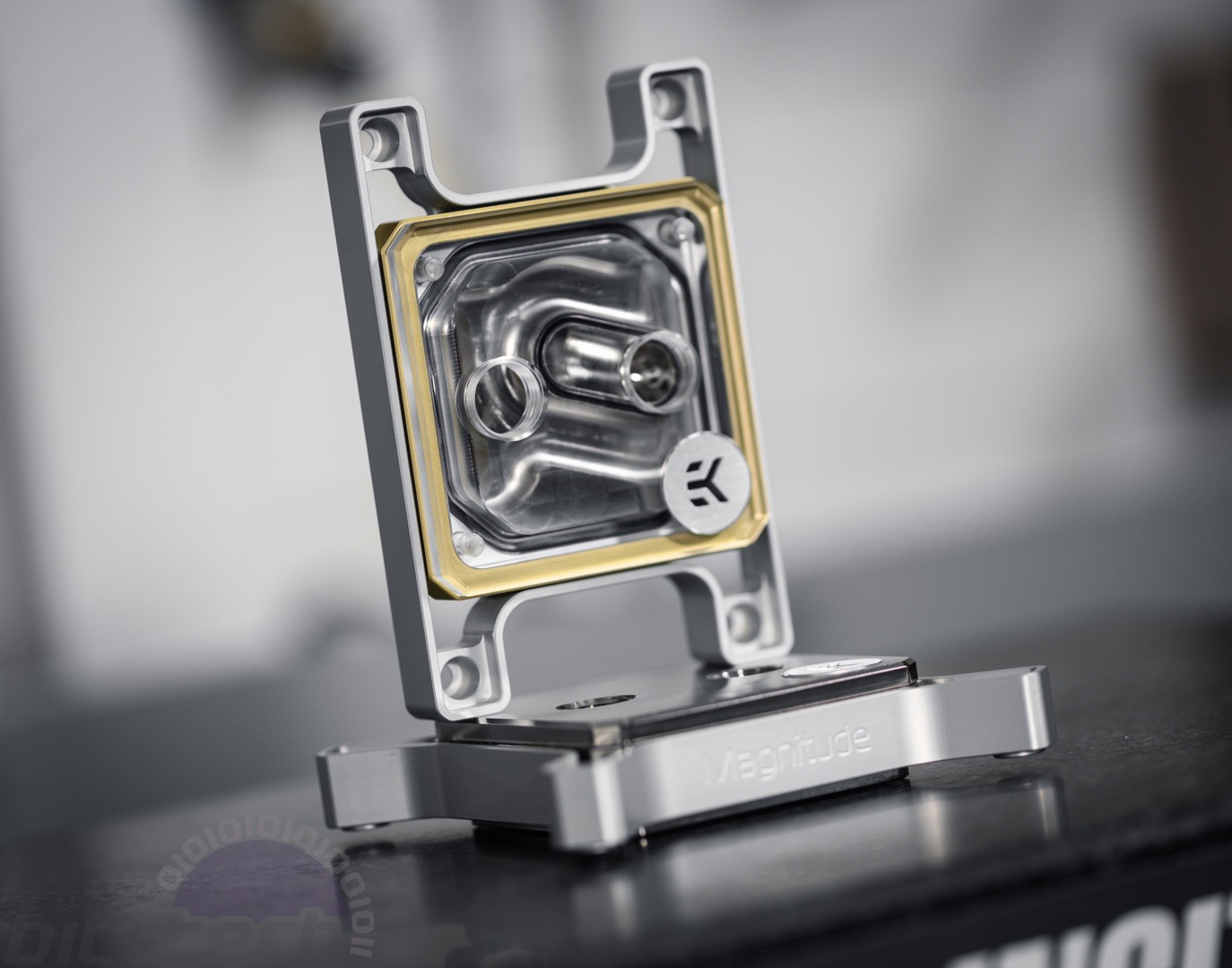
Conclusion
It's fair to say that in our LGA 2066 test setup, Magnitude performed better than the Velocity, but not by a significant margin. At the end of the day, 3°C in this arrangement isn't likely to make much of a difference anywhere. You'd have to be right at the limit of thermal throttling for it to be a major bonus, at which point simply using faster fans or more radiator space might be a better proposition.
That said, there may also be a point to be made about our particular testing arrangement too. We used 2x 360mm radiators along with high speed fans, which will only get even faster when we swap out to the 3000RPM IndustrialPPCs. This meant that the temperatures across the board were very low, if you compare to our kit reviews where the same CPU with the same settings was hitting 56-61°C Delta T at fans full blast with the case door open, 45-48°C Delta T is a different league.
This begs the question, would we see different performance results with a heftier overclock? Asking around, 4GHz at 1.1V on our 7980XE is quite conservative given the cooling setup we have, so it would definitely be worth seeing what happens if we were to push those numbers up. The reason behind my thinking here is that to truly test a waterblock, we need to push it to the edge where the block itself becomes a limiting factor. At this point, you could add more radiator room and still see the same results. This is similar to what happens with many of the mainstream CPUs before they've been de-lidded, where they'll register high temperatures even on chunky coolers all thanks to poor soldering of the IHS or using stock paste under IHS etc.
In terms of modularity at least, Magnitude brings something fresh to the table, giving enthusiasts the ability to essentially build their own block. It's a novel idea and one that definitely appeals to the enthusiast in me. Likewise, I very much appreciate all the milling work and the general construction of the block. It feels solid and luxurious, qualities that I feel are quite important in this hobby as much of it is defined by the user experience. Picking up one of the full nickel blocks for the first time, I may just have let out a "Phwoar", just a little one.
This does bring us, however, to a sticking point, which is the price. At €210 for the full nickel block, Magnitude is in a bit of a league of its own here in terms of expense. Most premium blocks on the market hover between the £70-100 range, including EK's own Velocity blocks. This block, then, has to do quite a lot to justify the high price tag. In terms of raw numbers, from our current testing I don't think that really works out, the price hike is just too much for a 3C drop in temperatures. That said, perhaps this might change a bit if our results alter with a heftier overclock.
Ultimately, for most people the real value will have to come from the modular aspect of the block, perhaps as well from the satisfaction of owning a halo product. Many parts across the board have been skyrocketing in price at the top end, have a look at ASRock's X570 Aqua at £999 or the even crazier Aorus X299 Waterforce at £1500 (to fine a like-for-like). To that extent, choosing a block at the top of the performance stack to add to a similar board not sporting a monoblock makes thematic sense at least. Likewise, Optimus PC's Signature V2 LGA 2066 block is $179 before tax and with no modularity, so maybe this is a new niche that's about to be populated?
Pricing aside, it's hard to ague that this isn't a premium product, it does also best the Velocity in our preliminary testing so the performance claims are somewhat justified. The modularity is an excellent feature and something that I hope we get to see more of in the future. For those reasons, it's fitting of an Extreme award.


MSI MPG Velox 100R Chassis Review
October 14 2021 | 15:04

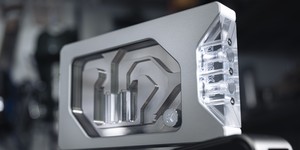
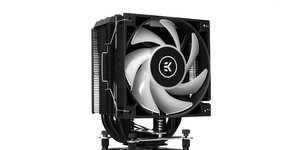
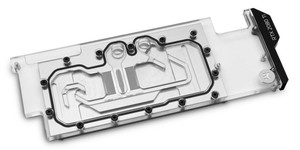




Want to comment? Please log in.